Blogs & News
We are focus on automotive wiring harness & connectors technology.
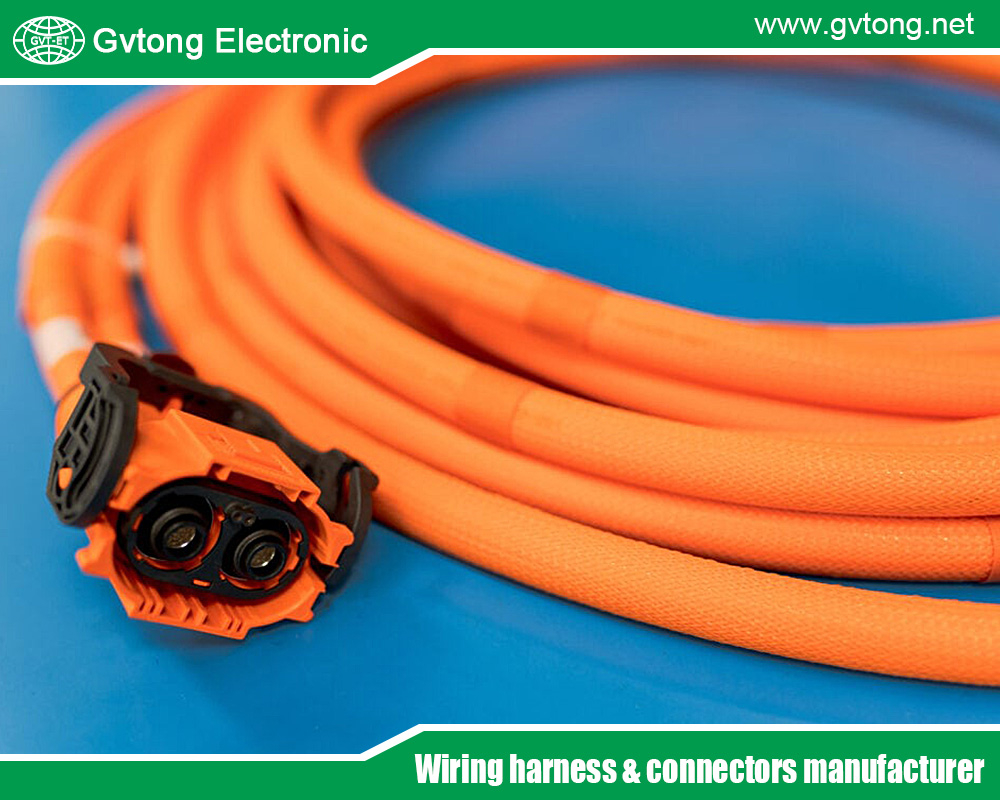
Manufacturers Tech You How to Identify the Correct Automotive Pigtail Connector
- Gvtong Electronic
- automotive antenna connector, automotive coaxial connector, automotive connector, automotive connector companies, automotive connector manufacturer, automotive connector manufacturers in china, automotive data connector, automotive diagnostic connector, automotive electrical connector, automotive high - frequency, automotive High voltage connector, automotive hybrid connector, automotive Low voltage connector, automotive Oil-resistant Connectors, automotive optical fiber connector, automotive pigtail connector, automotive pigtail connector company, automotive pigtail connector factory, automotive pigtail connector hotsale, automotive pigtail connector manufacturer, automotive pigtail connector supplier, automotive pigtail connector wholesale, automotive power distribution, automotive Signal Connector, automotive vibration - resistant, automotive waterproof connectors, China Automotive Connector Manufacturers, China Automotive Connector Suppliers, Comprehensive automotive connection solution connector, Custom Low Voltage Vehicle Automotive Connectors, customization connector, pigtail connector, pigtail connector manufacturer
- No Comments
Manufacturers Tech You How to Identify the Correct Automotive Pigtail Connector
In the intricate world of automotive electrical systems, automotive pigtail connectors are vital components that ensure seamless communication between sensors, actuators, and wiring harnesses. These small but essential connectors are the lifeline of critical vehicle systems, from engine management to advanced driver-assistance systems (ADAS). However, with thousands of connector types available, selecting the correct pigtail connector can be a complex task. Choosing the wrong one risks electrical failures, system malfunctions, or costly downtime. Drawing on expertise from leading automotive connector manufacturers, this article provides a comprehensive guide to identifying the correct pigtail connector, offering practical steps, key considerations, and insider tips to ensure reliability and performance.
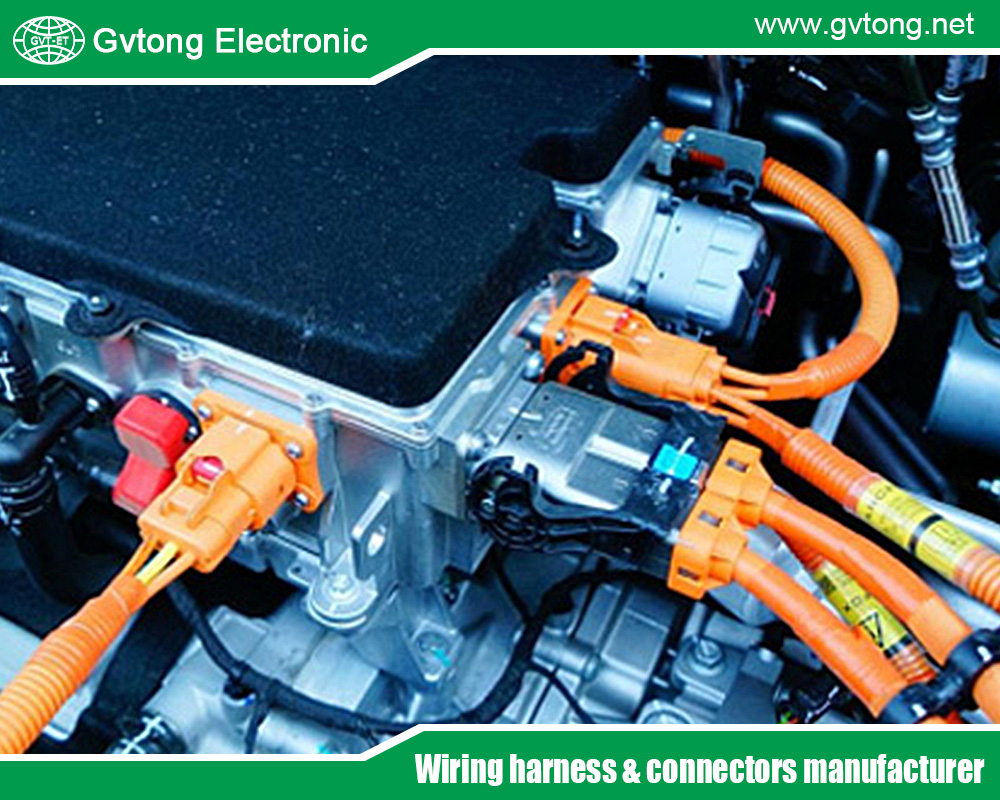
Understanding Automotive Pigtail Connectors
An automotive pigtail connector is a short wiring assembly with a connector on one end and exposed or pre-stripped wires on the other. The connector end mates with a specific component, such as a sensor, module, or actuator, while the wire end is spliced into the vehicle’s wiring harness. Pigtail connectors are commonly used for repairs, replacements, or retrofitting, allowing technicians to restore functionality without replacing an entire harness.
Manufacturers like TE Connectivity, Delphi (Aptiv), and Molex emphasize that pigtail connectors are engineered to withstand the harsh automotive environment, including extreme temperatures, vibrations, moisture, and chemical exposure. Their design ensures secure, reliable connections that meet stringent industry standards, such as USCAR, SAE, and ISO. Identifying the correct pigtail connector is critical to maintaining vehicle performance, safety, and compliance with original equipment manufacturer (OEM) specifications.
Why the Right Pigtail Connector Matters
Manufacturers highlight several reasons why selecting the correct pigtail connector is non-negotiable:
- System Reliability: A mismatched connector can cause loose connections, signal interference, or intermittent failures, compromising systems like fuel injectors or oxygen sensors.
- Safety: Incorrect connectors in safety-critical systems, such as airbags or anti-lock brakes, can lead to malfunctions, endangering occupants.
- Cost Efficiency: Choosing the right connector prevents rework, component damage, or repeated repairs, saving time and money.
- OEM Compliance: Using connectors that meet OEM specifications ensures compatibility and maintains warranty validity.
- Performance Optimization: The correct connector ensures efficient power and signal transmission, minimizing energy loss and signal degradation.
Key Factors for Identifying Pigtail Connectors
Manufacturers advise that identifying the correct pigtail connector requires evaluating several physical, electrical, and environmental factors. Below are the critical characteristics to consider:
- Connector Type and Shape
Pigtail connectors vary in shape—rectangular, circular, coaxial, or custom—to match specific components. For example, a rectangular multi-pin connector might be used for an ECU, while a circular connector suits a wheel speed sensor.
- Pin Count and Configuration
The number of pins (or terminals) determines the connector’s capacity to handle multiple circuits. Pin arrangement (e.g., inline, grid, or circular) and keying features (e.g., notches or tabs) ensure proper mating and prevent misalignment.
- Locking Mechanism
Connectors often feature locking mechanisms like clips, latches, or bayonet locks to secure the connection. The locking type must match the mating component to ensure a firm connection.
- Wire Specifications
The wire gauge, number of wires, and pigtail length must align with the application’s current, voltage, and installation requirements. For instance, high-current applications like alternators require thicker wires.
- Environmental Protection
Sealed connectors with IP ratings (e.g., IP67 or IP69K) are essential for applications exposed to moisture, dust, or chemicals. Manufacturers stress the importance of matching the connector’s sealing to the environment, such as under-hood or exterior locations.
- Electrical Compatibility
The connector must support the circuit’s voltage, current, and signal type (e.g., analog, digital, or high-frequency). High-voltage pigtails for electric vehicles (EVs) require specialized insulation, while data connectors need EMI shielding.
- OEM and Industry Standards
Manufacturers design connectors to meet OEM specifications (e.g., GM, Ford, Toyota) and industry standards like USCAR or ISO 16750. Ensuring compliance is critical for compatibility and reliability.
Manufacturer-Recommended Steps to Identify the Correct Pigtail Connector
Drawing on guidance from leading manufacturers, here’s a step-by-step process to identify the correct automotive pigtail connector:
Step 1: Define the Application
Start by identifying the component or system the pigtail serves, such as a mass airflow sensor, fuel pump, or headlight. Note the vehicle’s make, model, year, and engine type, as these influence connector designs. Manufacturers like TE Connectivity recommend consulting the vehicle’s service manual or parts catalog to confirm the component’s connector requirements.
Step 2: Examine the Existing Connector
If replacing a damaged pigtail, inspect the existing connector for key details:
- Pin Count: Count the number of pins or terminals.
- Shape and Size: Note whether the connector is rectangular, circular, or another shape. Use a caliper for precise measurements if needed.
- Locking Mechanism: Identify clips, latches, or other locking features.
- Keying Features: Look for notches, grooves, or tabs that ensure correct orientation.
- Wire Details: Check the number of wires, their gauge, and color coding.
Take high-resolution photos from multiple angles, as recommended by Delphi, to aid in matching the connector.
Step 3: Cross-Reference with Documentation
Consult the vehicle’s wiring diagrams, service manual, or OEM parts catalog to find the connector’s part number or specifications. Manufacturers like Molex provide online databases or connector selection tools that allow users to input vehicle details or connector characteristics to find matches. Websites like AutoZone, RockAuto, or OEM portals can also provide part numbers.
Step 4: Verify Electrical Requirements
Ensure the connector meets the component’s electrical needs:
- Voltage and Current: Confirm the connector can handle the circuit’s power demands. For example, a high-voltage EV connector requires specialized materials.
- Signal Type: Check if the connector supports analog, digital, or high-frequency signals. Coaxial or shielded connectors are needed for applications like radar or GPS.
- EMI Protection: For sensitive electronics, choose connectors with shielding to prevent interference.
Step 5: Assess Environmental Conditions
Evaluate the connector’s operating environment:
- Temperature: Ensure the connector can withstand the temperature range, such as -40°C to 125°C for under-hood applications.
- Moisture and Dust: Use sealed connectors with appropriate IP ratings for exposed areas.
- Chemical Exposure: Select connectors resistant to fuel, oil, or other chemicals for relevant applications.
Manufacturers like Aptiv emphasize that environmental mismatches are a common cause of connector failure.
Step 6: Source from Trusted Suppliers
Once the connector is identified, source it from reputable suppliers:
- OEM Suppliers: Dealerships or manufacturer portals offer exact matches but may be costly.
- Aftermarket Manufacturers: Companies like TE Connectivity, Delphi, or Standard Motor Products provide high-quality alternatives.
- Online Retailers: Platforms like Amazon, eBay, or ConnectorExperts.com offer extensive catalogs.
- Specialty Suppliers: For rare or obsolete connectors, try salvage yards or niche retailers.
When ordering, provide the part number, vehicle details, or connector specifications to avoid errors.
Step 7: Validate Before Installation
Before installing, verify the connector’s compatibility:
- Test-fit the connector to ensure it mates securely with the component.
- Check pin alignment and locking mechanism functionality.
- Confirm wire gauge and length suit the application.
TE Connectivity advises using a continuity tester or multimeter to verify pin assignments match the wiring diagram.
Step 8: Install and Test
Install the pigtail by splicing the wires into the harness using manufacturer-recommended techniques, such as soldering or crimping, and insulate with heat-shrink tubing. Test the system with a diagnostic tool or multimeter to confirm proper power, signal transmission, and functionality. Manufacturers stress the importance of post-installation testing to catch issues early.
Manufacturer Insights: Common Challenges and Solutions
Manufacturers highlight several challenges in identifying pigtail connectors and offer solutions to overcome them:
- Obsolete or Discontinued Connectors
Older vehicles may use connectors no longer in production. Solution: Search specialty suppliers, salvage yards, or use universal pigtail kits with adaptable terminals, as suggested by Molex.
- Similar-Looking Connectors
Connectors with similar shapes may have different pin configurations or keying. Solution: Cross-reference part numbers and use manufacturer-provided identification charts or databases, as recommended by Delphi.
- Incomplete Documentation
Modified or imported vehicles may lack clear documentation. Solution: Consult manufacturer technical support, online forums, or automotive communities for guidance, per TE Connectivity’s advice.
- Environmental Mismatches
Using unsealed connectors in wet environments can lead to corrosion. Solution: Always verify the IP rating and environmental specifications, as emphasized by Aptiv.
- Counterfeit Connectors
Low-quality or counterfeit connectors may fail prematurely. Solution: Purchase from authorized distributors and verify certifications like ISO or USCAR, as advised by all major manufacturers.
Manufacturer Best Practices
To ensure success, manufacturers recommend the following best practices:
- Use Manufacturer Tools: Leverage online selector tools, such as TE Connectivity’s Connector Finder or Molex’s Mini-Fit Configurator, to simplify identification.
- Invest in Quality Tools: Use precision tools like calipers, multimeters, and crimping tools for accurate measurements and installations.
- Maintain Records: Document vehicle details, connector specifications, and part numbers for future reference.
- Train Staff: Ensure technicians are trained on connector identification and installation techniques to minimize errors.
- Partner with Manufacturers: Contact manufacturer support for complex or unclear cases, as they often provide tailored guidance.
The Future of Pigtail Connectors
Manufacturers note that pigtail connectors are evolving to meet the demands of modern vehicles. High-voltage pigtails for EVs require enhanced safety features, such as robust insulation and locking mechanisms. High-speed data connectors for autonomous vehicles demand greater bandwidth and EMI protection. Emerging smart connectors with diagnostic capabilities can monitor connection health in real time. Technicians must stay informed about these advancements to identify connectors for next-generation vehicles.
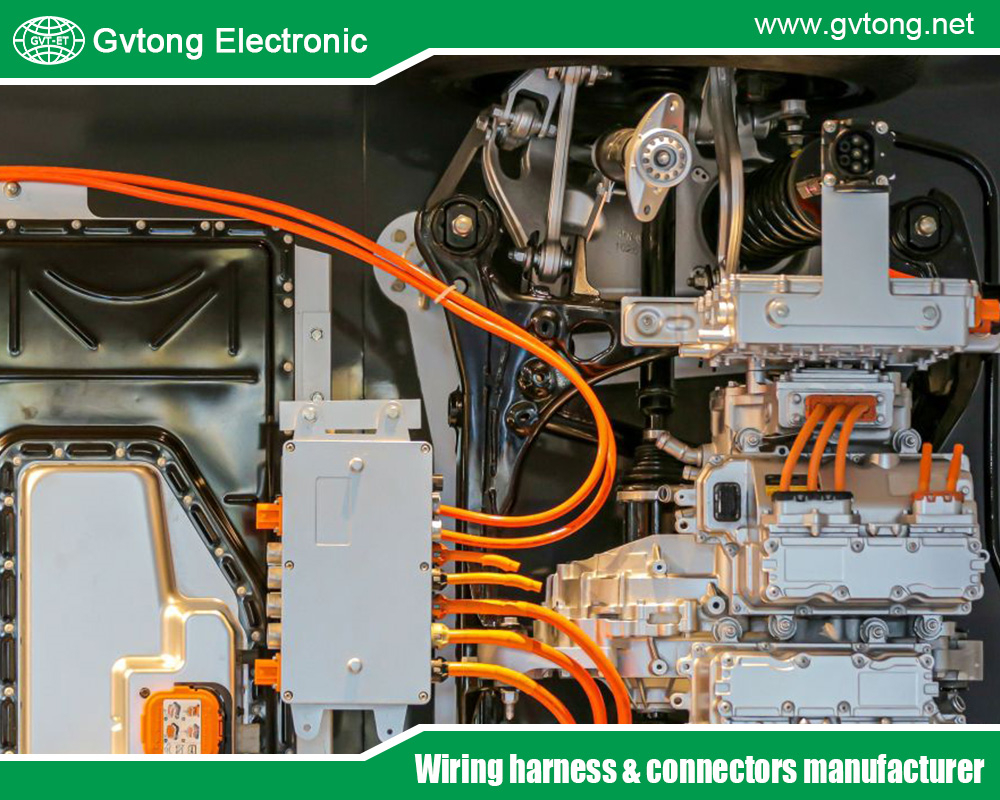
Conclusion
Identifying the correct automotive pigtail connector is a critical skill that ensures vehicle reliability, safety, and performance. By following manufacturer-recommended steps—defining the application, examining the connector, verifying specifications, and sourcing from trusted suppliers—technicians can confidently select the right pigtail. Insights from industry leaders like TE Connectivity, Delphi, and Molex underscore the importance of precision, documentation, and adherence to standards.
As vehicles become more electrified, autonomous, and connected, the role of pigtail connectors will grow, making accurate identification even more essential. Whether you’re a seasoned professional or a DIY enthusiast, applying these manufacturer-backed strategies will streamline the process, reduce errors, and keep vehicles running at their best. With the right knowledge and resources, identifying the perfect pigtail connector is a challenge.
For more about the manufacturers teach you how to identify the correct automotive pigtail connector, you can pay a visit to Gvtong at https://www.gvtong.net/ for more info.
Recent Posts
The Best GR Series-Circular Connectors Manufacturer
The Best GD Series Combined Power Connector Manufacturer
A Guide to Selecting the Best GH Series Plastic Connector Manufacturer
How High Pressure Connectors Work?
The Best Automotive Connector Companies
Tags
Recommended Products
-
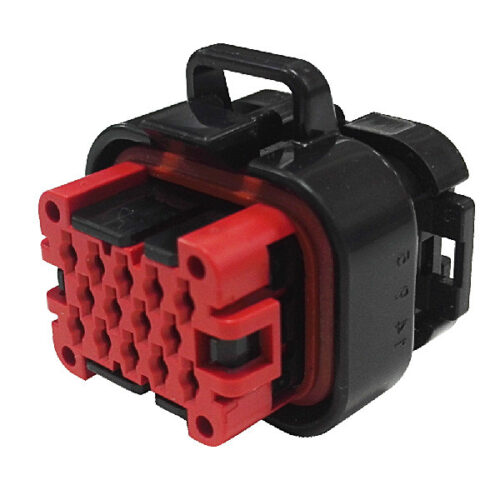
GE Series-14-core three-row signal connector
-
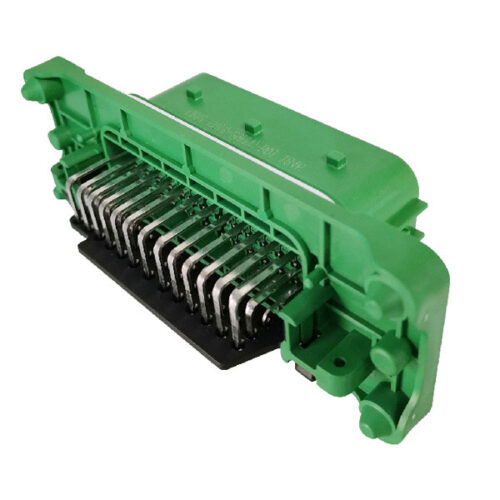
GE Series-39-core rectangular connector-socket
-
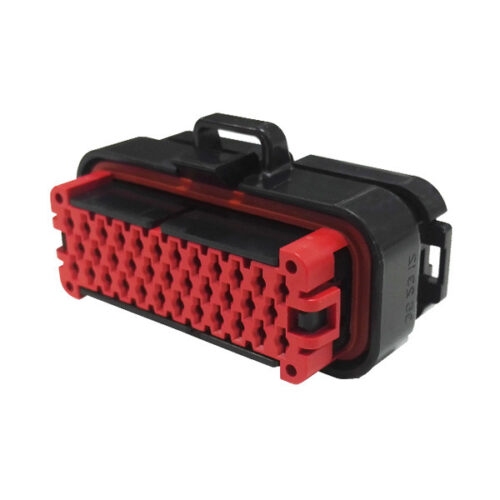
GE Series-35-core three-row signal connector
-

EV high pressure wiring harness
-
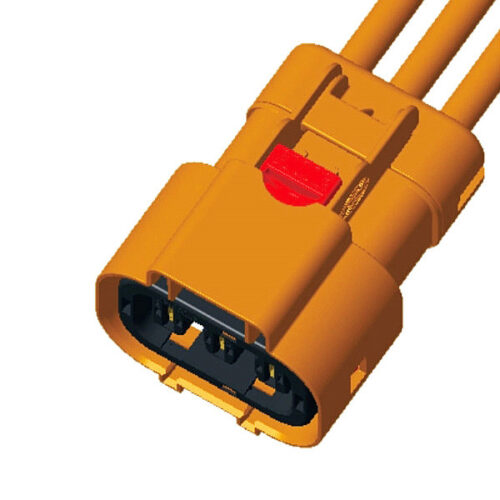
Connector plug+socket-GH630 series-3P
-
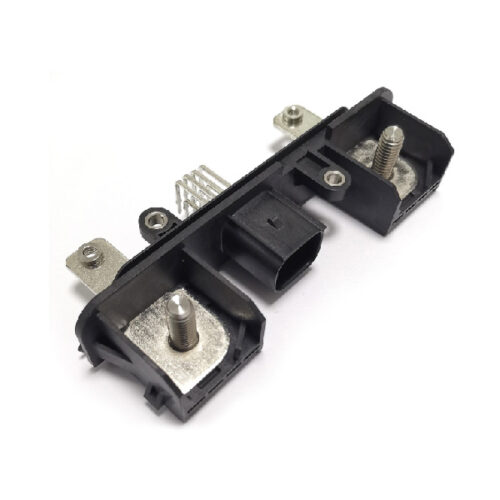
GD Series – Automotive Combined Power Connector – 2+8 Pin Hybrid Power Connector 150A 500V DC IP67 Waterproof
-
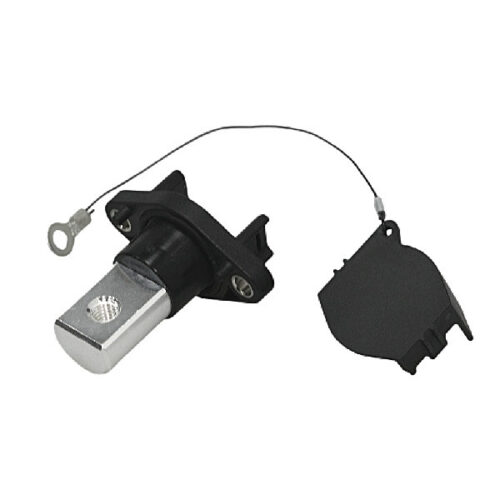
GH Series-DCDC Through-the-Wall Terminal
-
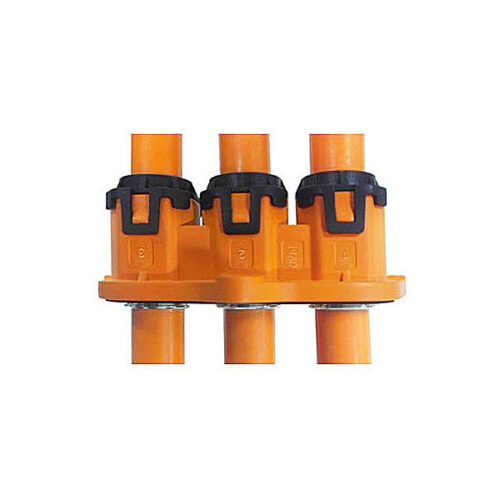
Automotive 3-Core Plastic Via Connector, 3-Pin Automotive DC Connectors, Automotive Plugs Cnd Connectors
